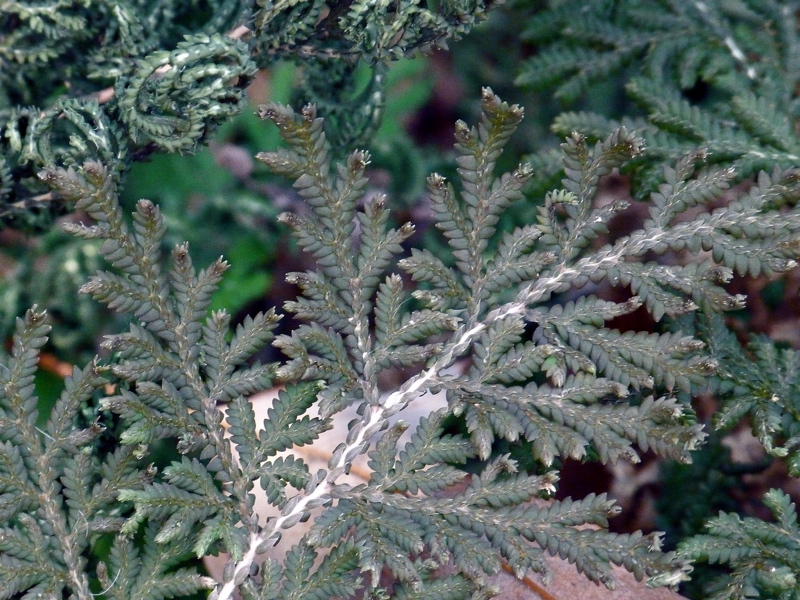A Little Voodoo Plant Magic
 Monday, July 11, 2011 at 4:00PM
Monday, July 11, 2011 at 4:00PM Last year I told the tale of a peculiar new plant in my post Under the Spell of the Voodoo Plant. If you are unfamiliar with Amorphophallus konjac, you may want to read that post first. This post is to provide an update on what has been happening with the plant since then.
The voodoo lily settled into the new talavera pot I provided and grew well through last summer. Eventually, as fall progressed toward winter, the leaves turned yellow and died, just as I expected. I had to decide whether to leave the bulbs buried in the dirt or whether to dig them up. I didn't want to leave the talavera pot out through the frosts, and I probably could have left the bulbs in the pot when I brought it inside.
But I decided to dig the bulbs because I wanted to see what they looked like. I was shocked. I had seen photos of mature bulbs, giant globes nearly a foot across. I knew my plant was young, but I had no idea how tiny the bulbs would be. One was little larger than an almond, the other one even smaller.
I brushed loose dirt off the bulbs and placed them in a small paper sack, labeled so I wouldn't forget them. I put the sack on a shelf in my pantry and left them there through the winter. As spring approached I occasionally took a peek at them. They looked dead. I had read that voodoo bulbs don't need soil or even water to flower and will begin growth in spring, even if stored inside. Since my bulbs are so small, I don't expect them to flower for several years yet, but I was looking for some signs of life before planting them again.
Finally, in April I found a small bump on the largest one. Life! Soon the smaller one had signs of growth, too. I replanted them in the talavera pot and put them in a shady spot in the front garden.
Nothing happened. By late May I was worried my voodoo lily was dead, after all. Then I remembered that this plant flowers first, then, after the efflorescence dies, sends up a stalk with leaves on top. Because mine wasn't flowering yet, I guessed it was just waiting for the appropriate time to start growing.
At last in June I saw shoots poking through the earth. I kept them watered well and applied a tomato fertilizer every other week. Here are the results: Each stalk is topped with one large, divided leaf. They remind me of tomato plants.
Each stalk is topped with one large, divided leaf. They remind me of tomato plants. Here's another view. Note the snakeskin pattern to the stalks.
Here's another view. Note the snakeskin pattern to the stalks.
Wait! Take a closer look at that last photo. There is now a third shoot! I read that each bulb produces only one stalk. Could it be one of my tiny bulbs is producing two stalks, or that somehow I now have three bulbs? I think my plant has performed a little voodoo magic!
I read that each bulb produces only one stalk. Could it be one of my tiny bulbs is producing two stalks, or that somehow I now have three bulbs? I think my plant has performed a little voodoo magic!
And even more importantly, to me and my neighbors and possibly the police, does this mean I will have THREE flowers when they bloom? How lucky could I be?
You may also enjoy A Southern Garden Party, which is where it all began.
 Permalink
Permalink  Talavera,
Talavera,  voodoo plant in
voodoo plant in  perennials,
perennials,  plants
plants 

